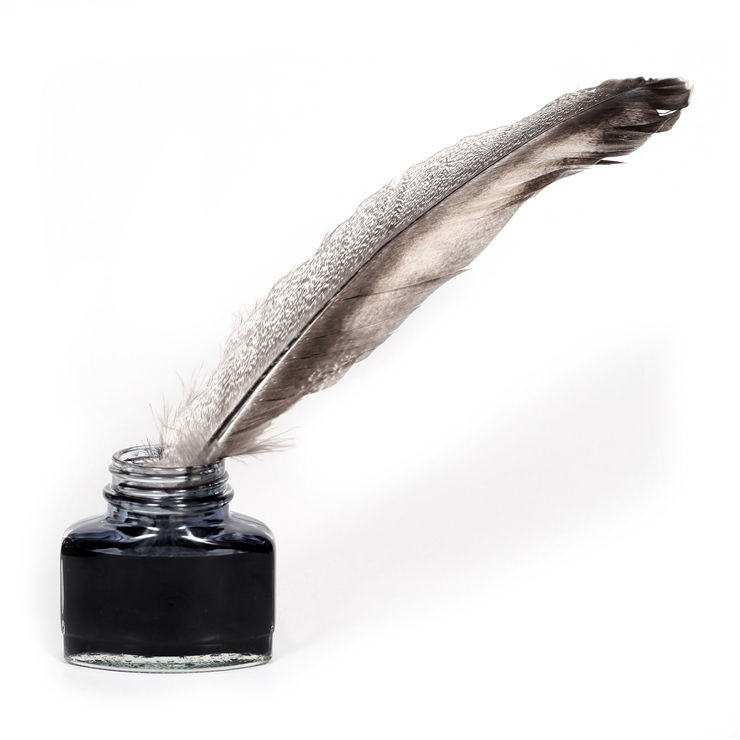 [http://www.historyofpencils.com/writing-instruments-history/history-of-q...
[http://www.historyofpencils.com/writing-instruments-history/history-of-q...
So, you want to be a transcriber? Let us get straight to the point. Listening to audio files is the easy part, but spending hours at a desk and typing out everything that is said is no easy feat.
Since this is my fourth blog post about transcribing, it may seem like I am beating the dead horse here. Really though, I have finally decided to take all the grinding that has resulted in hundreds of thousands of typed words, 150 hours worked, and tonnes of information gathered, to give you the history student my number one simplified strategy for transcribing.
All jokes aside, this three pronged strategy will be your all out assault towards thorough research, deep reflection, and a butt-kicking through multiple hours of interesting but long, in-depth stories to fulfill your research goals.
First: TIME MANAGEMENT. No, this is not stating the obvious, especially when it seems you never actually know what time management means until you fumble your way towards that perfect balance between speed, and quality. When going through the process of handling oral testimonies on tape, interviews can get long. Some files range from only half an hour, to as long as thirteen hours and I am sure even then I don’t know if I would be surprised if there is longer.
On average, most interviews are one and a half hours, but still can take multiple days to transcribe. If you are pulling 9 am to 4 pm work days, you want to aim for about 10 to 15 minutes as a minimum amount transcribed over the course of an hour. Index time stamps related to topic changes as you go, but their utility will be for your editing process at the end.
Secondly: THOROUGHNESS. You do not want to just be fast, but also efficient. Be sure to be taking note of term usage, details of locations, names of places, people, and so on, so that you do not have to constantly rewind when they are mentioned again. Taking note will allow you to always keep beside you the details repeated throughout the interview without questioning or scrolling in your typing to see where you heard that mystery phrase before.
 [https://medium.freecodecamp.org/rest-is-the-new-soap-97ff6c09896d?gi=6da...
[https://medium.freecodecamp.org/rest-is-the-new-soap-97ff6c09896d?gi=6da...
Third: REST AND AID. By far the most important category, this third layer of the foundation to good transcribing skills is related directly to the never over-stated tediousness of the draining process that is typing what you hear. Between constantly looking at a screen for seven to eight hours, and listening to stories for just as long, it is easy to both get lost in the information, as well as getting bug eyes. No one likes having bug eyes.
With utmost respect to the scholarly world, I have to admit it; GOOGLE IS YOUR BEST FRIEND. Don’t know how to pronounce the name of that city? Type in a rough guess of what you are hearing, and keep in mind the narrator’s own personal information of where they are from. Chances are you will get the more accurate answer almost every, single, time.
As far as curing those bug eyes, do not be afraid to take five minute breaks here and there to rest your eyes. DO NOT go on your social media, otherwise, the strain will continue. In addition, when that half an hour or so lunch break comes around, cherish it like it is your child. Enjoy every second. There is nothing like a good half hour eating session to rejuvenate and get back to the grind right afterwards.
I hope this strategy is helpful. It may seem simple, but honestly, simplicity, and pragmatic action is going to be what you need for this kind of work. While this is not definitive, it sure is adaptable. Have fun typing.
